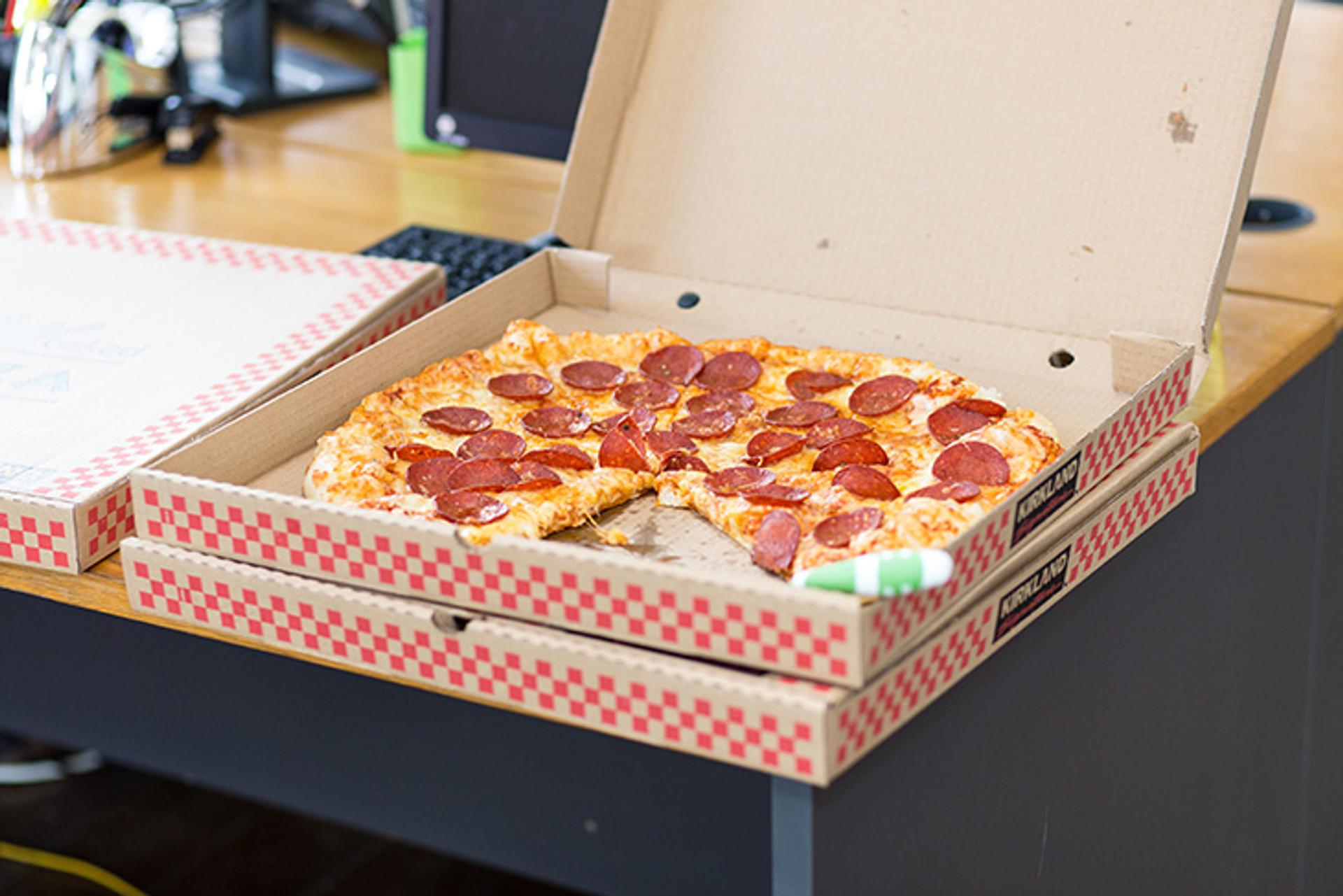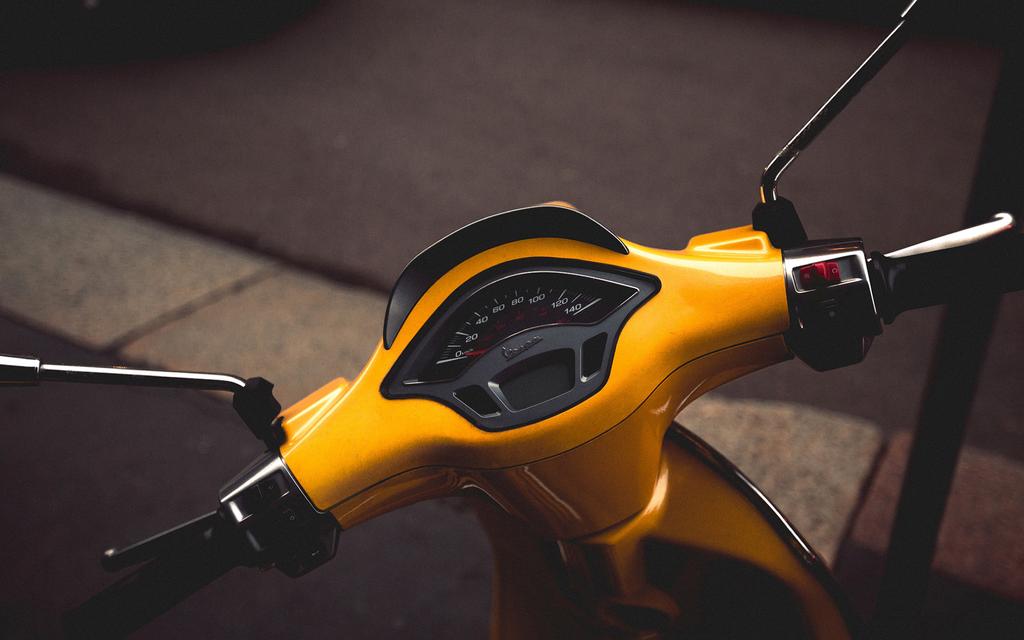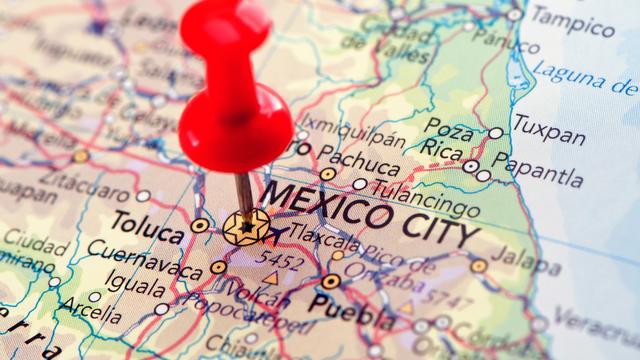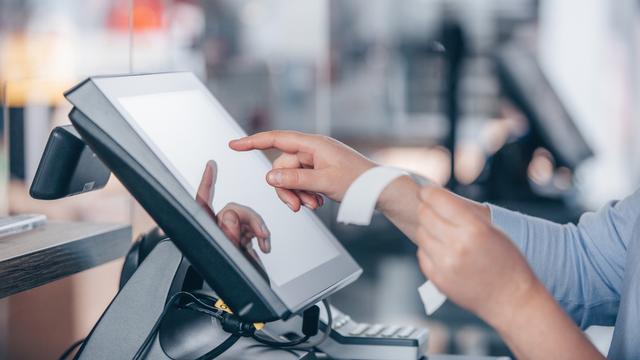The food-delivery market has become a global phenomenon, and it’s not just pizza anymore. Millennials especially want to order food from their favorite restaurants and get it delivered quickly. A recent study of restaurants in Europe, the United States, Asia and the Middle East found that the top Internet platforms for ordering food delivery are already valued at over $1 billion USD each, and the worldwide market for food delivery stands at about €83 billion. This figure represents only 1% of the total food market, which is expected to grow annually at a 3.5% rate or higher for the next five years. Although, pizza delivery still remains a popular choice among all ages and occupations, if that's the way you want to go ensure you got the insurance part covered.
Restaurateurs face higher rents and competition from streamlined food chains. Just a couple of decades ago, the top chains were expanding store sizes, but now they’re retrofitting big stores with smaller, more agile operations. Successful restaurants now concentrate on streamlining their businesses to turn tables faster and earn money from alternative operations such as catering, food delivery and merchandising. Today’s restaurant owner can generate extra income by catering special events and delivering food to consumers and companies. If you don’t have the restaurant infrastructure in place to deliver food, you can always choose one of the third-party services to deliver food for you.
Using a Third-Party Delivery Service
The big marketing companies in the hospitality industry have recognized the value of expanded food-delivery options for restaurants, and many now offer third-party delivery services for restaurants that aren't ready to handle deliveries in-house. These companies include Google, Amazon, GrubHub, UberEats, DoorDash, Postmates and many others including an array of local delivery services.
Before you choose a third-party delivery service, research the fees, find out how fast deliveries are made and determine the radius for deliveries. Your customers will hold you responsible for late deliveries, cold food, rude drivers and other problems, so you should find out how well any service performs for other restaurants in your area.
The benefits of using a third-party service include getting free advertising and challenging your competitors at the point-of-sale. If you don't use one of the popular services, you could lose market share to your biggest competitor. However, you will have to pay a delivery fee and a percentage of your gross sales to schedule deliveries with a third-party provider. Restaurants that serve specialty foods can often build their own delivery services without sacrificing a percentage of profits. Regardless of whether you deliver 100% in-house or use outside services, deliveries can raise your restaurant’s profile, attract new customers and increase sales.

Starting Your Own Delivery Service
Starting your own restaurant delivery service can be as simple as assigning a staff member to deliver breakfast and lunch to nearby homes or offices. Bike deliveries are a popular option because they reinforce your restaurant's commitment to environmentalism and sustainability. The simplest way to deliver is to choose a delivery area, time and menu to get your feet wet - such as lunch orders from 11:00 a.m. to 2:00 p.m. You can distribute flyers to nearby areas where the staff can deliver on foot. See how things work with limited service before committing to longer delivery hours and expanded delivery areas.
Hiring Delivery Drivers
Depending on your restaurant, you have several choices when hiring delivery staff. You can use a third-party service if you don't receive enough orders to justify hiring a full-time driver. You could hire a driver and cross-train him or her to handle deliveries and other restaurant duties. A third option is to hire drivers as independent contractors instead of hourly employees. The driver could be responsible for expanding the business, finding new customers and keeping them happy.
Your decision on hiring a delivery driver depends on how much control you want over the process. Don't forget that your customers will treat deliveries as extensions of your business even if you use third-party services and independent contractors. Your options might also be limited by local labor and health department regulations. You’ll have to recruit, hire and train drivers, so there will be some startup costs to consider. You should always consult an attorney before starting any new restaurant services or alternative income stream.
How to Set Up a Delivery Service
You should begin cautiously because deliveries can generate some challenges. If delivery orders come in at the same time as regular orders, your kitchen staff can get swamped with orders. This will happen occasionally. You can solve the problem by having kitchen staff on call, cross-training your people and scheduling staff intelligently to have more people available during the busiest times. Fortunately, bad weather will usually increase deliveries at times when dining room business is slow. Great weather will increase in-house business while deliveries slow. Usually, in-house and delivery services complement each other very well.
You’ll probably need a separate area to assemble deliveries and carryout orders to prevent backups. It’s important to transport food in heated containers, thermal bags or well-wrapped packages to keep food hot. Your delivery staff - even if they’re independent contractors - should have ways to secure food and instructions in which condiments and silverware to keep in the vehicle.
There are also new liabilities that delivery generates - such as driver safety, food temperature and third-party accidents. If your restaurant’s name appears on a vehicle, be prepared to deal with complaints about the driver. Someone can be unhappy no matter how your drivers drive. You’ll need some method of managing your drivers and routing deliveries. Even if you outsource delivery, your business could suffer if the service earns you as bad reputation. It’s important that your systems interact seamlessly with the system of any delivery partner you use.
Market Your Delivery Service
It’s important to provide menus with each order to encourage repeat orders and replace lost or damaged menus. You can post your menu online, mention deliveries in traditional and electronic signs, advertise on carryout packages and post delivery menus at local hotels, retail outlets and bulletin boards. If you’re starting a new delivery service, try issuing press releases to local newspapers, magazines and nearby employers.
Your mobile POS system for handling delivery payments can prove valuable because it reduces ordering errors and tracks all delivery orders. Technology simplifies managing multiple operations in your kitchen - such as catering jobs, deliveries, carryouts and dining room orders. Proactive reminders can let customers know which condiments are available, find out how the food should be cooked and allow customers to substitute ingredients when they have certain dietary restrictions.
You can us menu engineering to determine your delivery menu so that you’re only offering the most popular and profitable items. As your business grows, you can consider switching from third-party services to in-house deliveries, expanded routes and more complete menus. If there is big demand for your food in outlying areas, you might consider opening a kiosk, scaled down operation or food truck.
About 70% of food is expected to be consumed outside of restaurant dining rooms by 2020, so it’s important to position your business to get a fair share or external orders such as carryout, delivery and catering. There are many options available that range from foot, bike and car delivery to curbside pickup and parking lot service. As delivery becomes more common, it might be important to post your menu on multiple sites, so try to avoid any service that includes exclusivity clauses in the contract.





